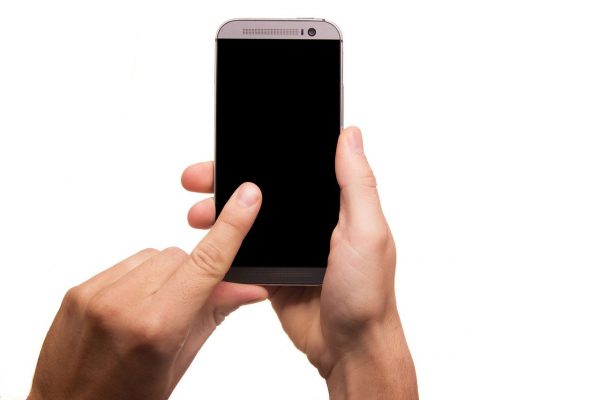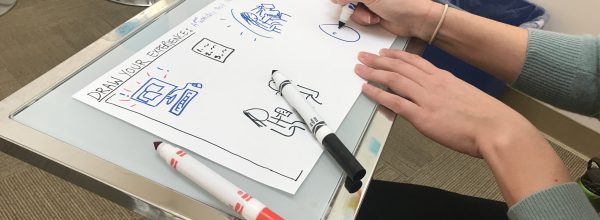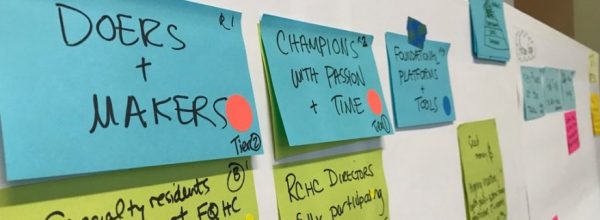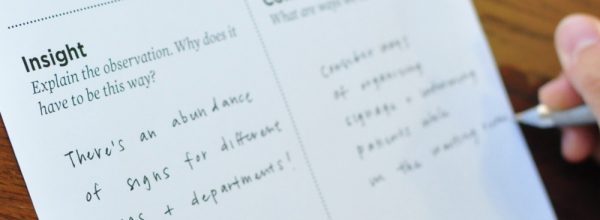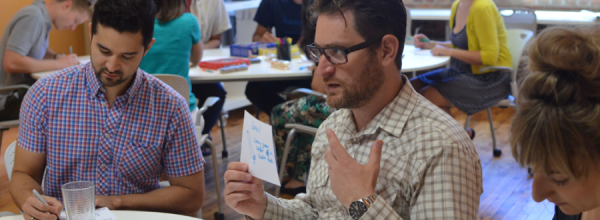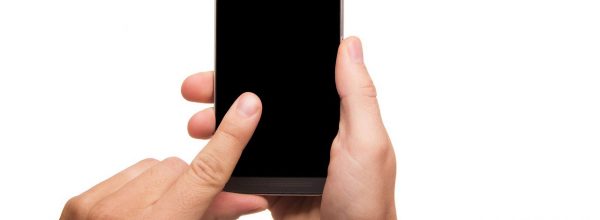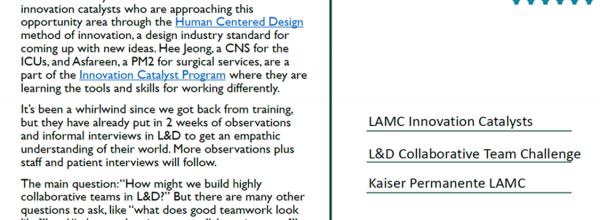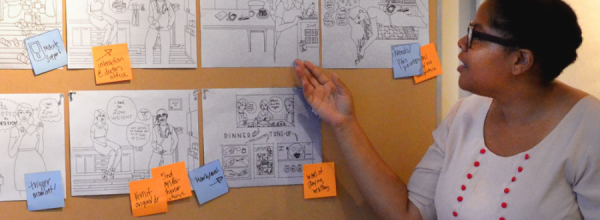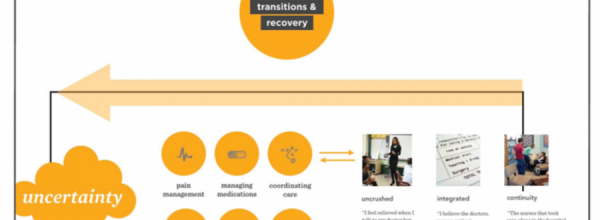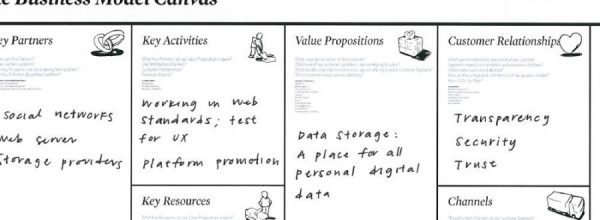These are some tips and tricks for making a video recording with your smartphone. Recordings could be interviews with patients or staff. Video recordings and testimonials are powerful ways to tell your story.
Download the 1-pager below.
Planning
- Block enough time for your recording session
- Decide on your backdrop
- Charge battery – Bring power adapter / charger
- Correspond with interviewees regarding video release and clothing to avoid
- Send a copy of question to interviewee in advance of the interview
Things to Tell Interviewee
- Dress appropriately. Some tips: don’t wear stripes, or a turtleneck, or bright colors, or a white top. Pastel or other light colored clothing look best on tape. Leave noisy jewelry off, and keep jewelry small and simple.
- When recording, keep your body movements to a minimum to avoid distracting the viewer.
- Speak clearly, enunciate.
- Sign a release form authorizing participation to create audio-visual recording.
For Interview Recording
- Familiarize yourself with the questions you plan to ask
- Location:
– Avoid windows or direct sunlight in camera view o Avoid noisy machines, humming lights (if possible)
– Minimize interruptions (close doors? put up a “RECORDING” sign)
- Framing:
– Camera at eye level (think of camera as YOUR eyes looking at subject) o Subject framed off center, looks across center at interviewer (not at camera) o Leave ~5% headroom.
– Check what’s behind subject – “Anything sticking out of their head?”
- Lighting: some shadows are good, but direct sunlight is not good behind the subject
- Check memory for recording time available
- Interviewer:
– Speak clearly & quietly, enunciate – Your voice is recorded louder than interviewee
– Refrain from making any noises such as acknowledgement, etc. Being close to the microphone, your noises will be much louder than speech from the interviewee
– Don’t interrupt, or cut in. Allow interviewee to complete sentence. Instead wait for an opening in the conversation before asking your next question o Pause for a few secs after interviewee is done with answering before proceeding to the next question
– Log your good and bad takes for a better editing experience
B-Roll
- If an edited version is needed, be sure to shoot supporting activities and images that can be cut away to between primary clips and which help tell the story.
- Keep your smartphone (or your body) steady against a stationary object (e.g. wall) when shooting. (see steadicam-like devices)
This resource is included in The Innovator’s Guidebook, which was developed for health centers working with the Center for Care Innovation’s Safety Net Innovations program. It will take you through the innovation process with techniques, methods, tips, and worksheets to help you at each step along the way. For the password to access the full guidebook, email [email protected].

